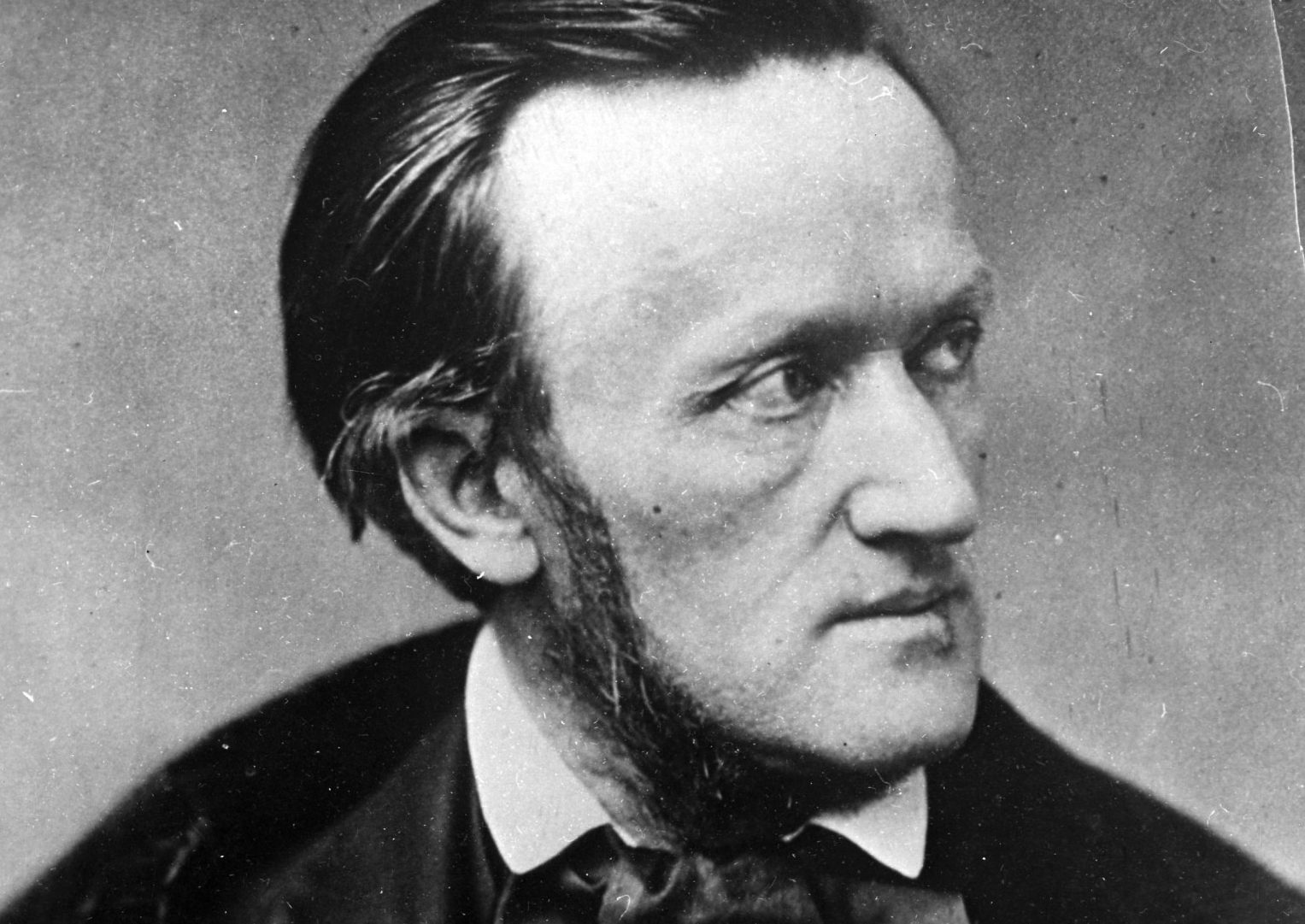
The Ring in San Francisco: Feminism and ‘The Ring’
By Lois SilversteinSan Francisco Opera is in the midst of its month-long festival dedicated to Wagner’s “Ring Cycle.” In the coming weeks, Lois Silverstein will explore her experience not only revisiting the 2018 opera production but several of the events and panels presented by the company.
“Feminism in the Ring” was the final conversation in San Francisco’s Virtual “Ring” Festival. Facilitated by Naomi Adele, Professor of African-American Studies at the University of Michigan, Director Francesca Zambello and Mezzo Soprano Ronnita Miller together spoke about how this American Ring centers on a female hero.
“It is Brünnhilde, not Wotan, who is the hero of the cycle,” Zambello asserted. Brünnhilde is the woman warrior, the one who brings about the resolution of the massive cycle. Instead of the traditional male-centered paradigm where the male is a rescuer and master power figure in Wagner’s tetralogy, we are rescued and redeemed through the skills and power of a woman. Brünnhilde’s immolation scene, at the climax of “Götterdämmerung” brings about the final fall of the gods and the redemption of the world under the aegis of human love.
Naomi Andre establishes the 19th-century context in which this occurs.
“Women in Italian opera before Wagner, ” she said, “appear either as conventional Romantic heroines, or, in trouser roles. Bellini and Donizetti’s operas abound with such heroines – Lucia, Norma, for example. Wagner, on the other hand, replaces the mad and dying female soprano with a strong and successful woman, and her death is a sacrifice for the greater good. She sleeps, she dreams, she creates. She is a formidable presence who is an inventive leader, who is also trustworthy. ”
The female hero is even contrasted with the male characters who act out of corrupt purposes and their lust for power and control. Wotan, Alberich, Hunding, Mime, Hagen, Fafner and Fasolt, even Siegfried, assert their desires and are foiled. Zambello says each of the women, on the other hand, has the powers of redemption and acts on them. Furthermore, Freia, the Rhine Maidens, the Norns, the Valkyries, and even Fricka, all rise to their full stature through the course of the conflicts and their resolution, and so succeed in helping Brünnhilde to grow into her potential. They all do, in fact. Zambello added, indeed, “that the women are even having to clean up after the men.”
In the Ring, Wagner provides us with mothers, sisters, lovers, soothsayers, daughters, who have a wide range of opportunities to express what they know and what they can do. “Even Gutrune,” Zambello said, “becomes a redeeming force, once she gets escapes her family. Finally, she too is embraced by Brünnhilde, once Brünnhilde understands Hagen’s malign deeds.
Among other features of this American Ring are the necessity of emotion and human reactions to them. Every female character delivers in the tetralogy. Into Sieglinde to Erda, from Freia, Fricka, to Brünnhilde and Gutrune, Wagner invested compelling personalities, who we follow with interest and fascination. They are new, energetic, and electric. Just picture the Valkyries dressed in pilot costumes, zooming in on high wires! Zambello’s production, and Miller’s moving and lustrous performance as Erda and the Norn, for instance, brings all that electricity to life. Long after the curtain comes down, Ronnita’s stunning vocal range resounds. The earth’s shadow is well-cast.
“Nothing is as comprehensive as the Ring,” Zambello noted. “Producing it required a long gestation period. When I first undertook it, I took months to let it gestate. Then too, the whole cast needed to come together and weigh in on the various options we had. It was a huge collective effort and adventure. Only big opera houses can pull it off.”
Ronnita Miller concluded, “You have to relocate yourself to that world when you enter it. It is not only stamina, which, of course, it requires, but what I experience is the longer I am in that world, the more I want to be there. I always want to be there. I always discover new things there as well – new sounds, new nuances, new colors. It is a joy to hear. I never want it to end.”
Categories
Special Features

